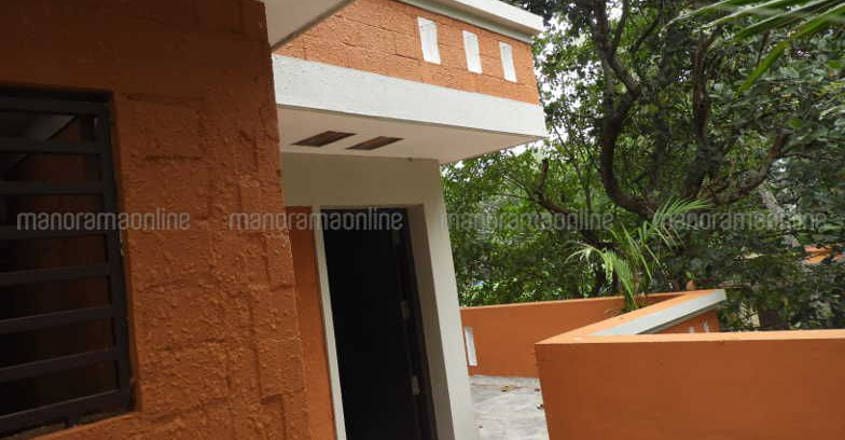Is this Rs 5 lakh-house all one actually needs?

Mail This Article
Noted architect G Shankar is known for his commitment towards designing and building environmental-friendly houses. His own home named ‘Sidhartha’, made using mud, is the most incredible example of a dwelling which is in close harmony with nature. Just like an experienced artisan crafts magnificent objects using mud, Shankar designs awe-inspiring dream homes using mud and other nature-friendly materials.
Shankar has been in the forefront in rebuilding Kerala after the deadly flood hit the state in August this year. He visited areas which were severely affected by the deluge and came up with suggestions and instructions on building houses in these areas. The veteran architect has even made a post-disaster prototype shelter which could significantly influence the future building designs in the state.
The Habitat group, headed by Shankar, completed the construction of the house in just 23 days, near the DPI junction in Jagathy, Thiruvananthapuram. This 500 sq ft house was built on a plot of one cent, that too, on a meager budget of just Rs 5 lakhs. It was constructed as a model rehabilitation center for the state police department.

The house has been designed based on the concept of ‘growing’ home. The structure is supported on concrete beams. The basement can be used a garage or a storage space. The roof is built as per the filler slab method using recycled mud tiles. Coconut husk and recycled bamboo are used on the roof. The walls are built in mud bricks, finished with a few coats of paint in terracotta finish.
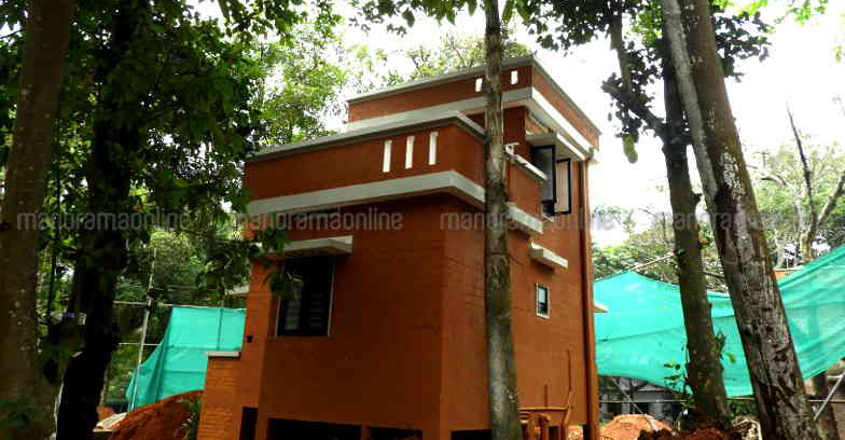
The interiors are designed in the semi open style. The living space, dining area and kitchen can be easily arranged as part of the open hall. The beautiful wall painting drawn by the students at Habitat is one of the features which makes the interiors attractive. There is one bedroom each in both the floors. More rooms can be constructed, as per the requirement, on the terrace which has been left vacant. The light and air vents above the stairway lets in lots of fresh air and natural light into the house.

These are the factors which make the house flood resistant:
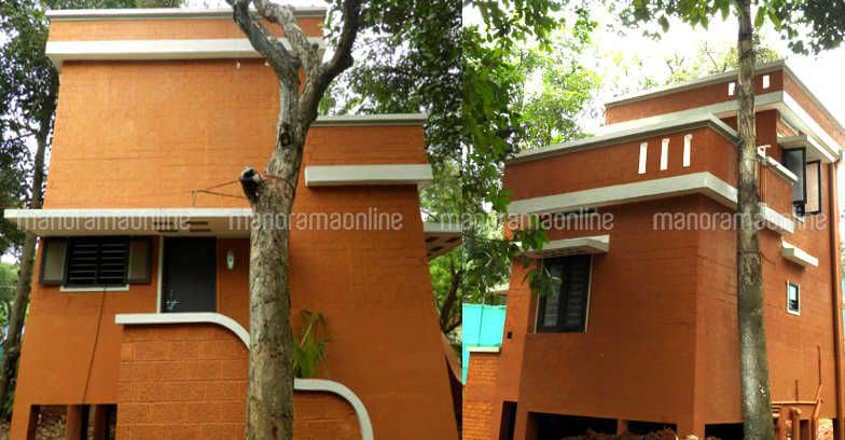
The house is built on a platform 6 feet above the ground
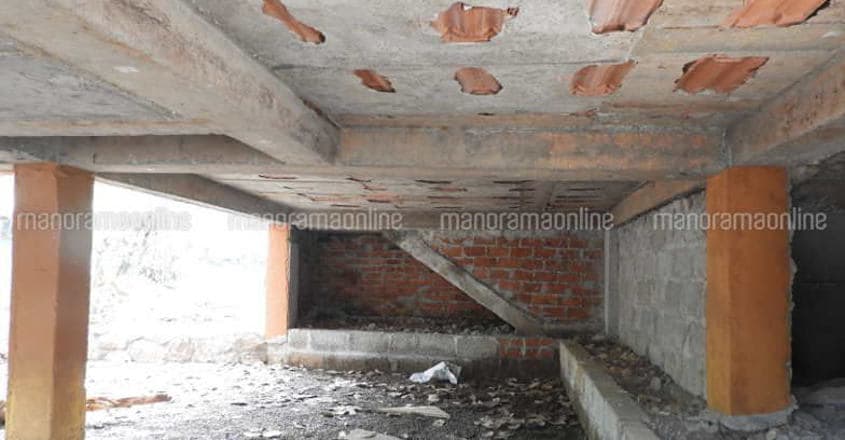
Walls are plastered to prevent damage in case it get immersed in water
The lintel and plint beam are plastered to improve the strength of the structure
Here are the factors which reduced the cost of construction:
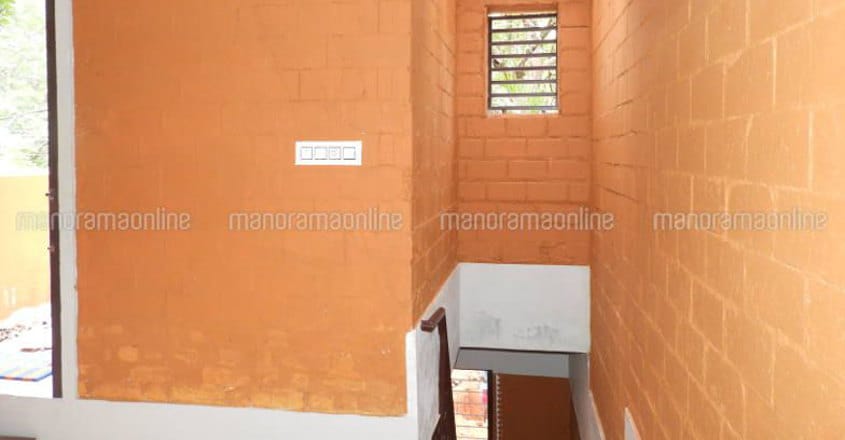
The walls are constructed using mud bricks
Recycled wood were used to make the doors and windows
Tiles in reasonable price were paved on the floor
“One of the painful sights that I have seen was the dejection on the faces of those who lost their houses, which were in fact built using the savings of their entire lives. This teaches an important lesson to the Keralites who deem houses as a symbol of status. It is high time that we realize the significance of environmental friendly houses. Buildings made on fewer budgets or which can store up energy is the need of the hour. This house built on a budget of Rs 5 lakhs, in just 23 days, gives the message that such sustainable, environmental-friendly models are required for a post flood Kerala. I dedicate this house to every Malayali,” says Shankar.
